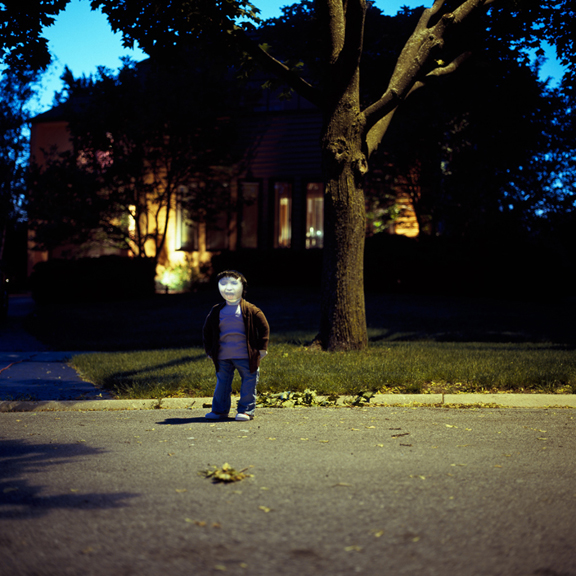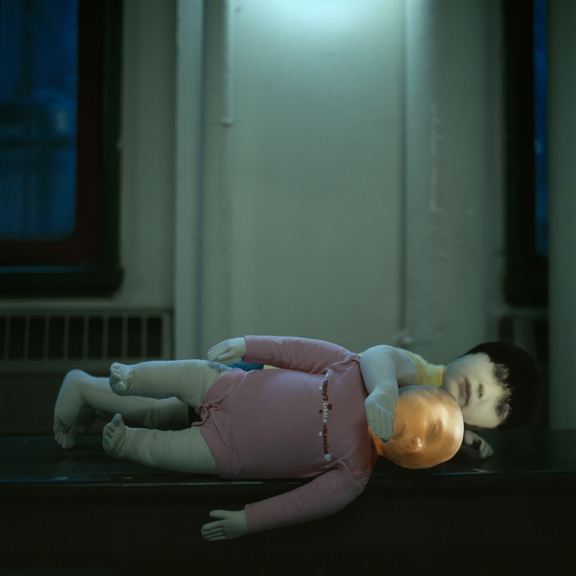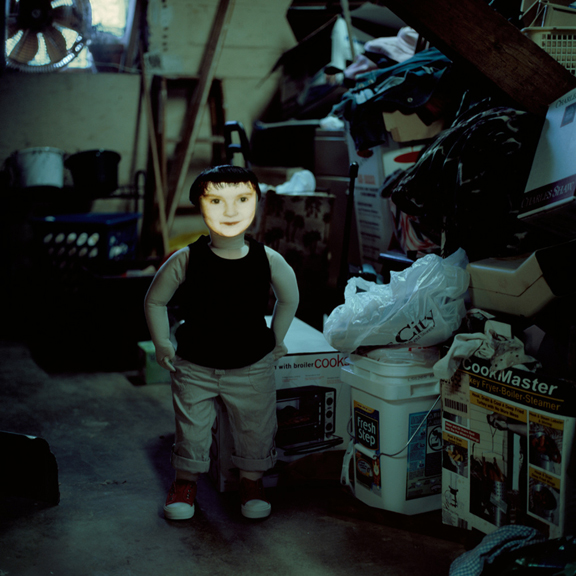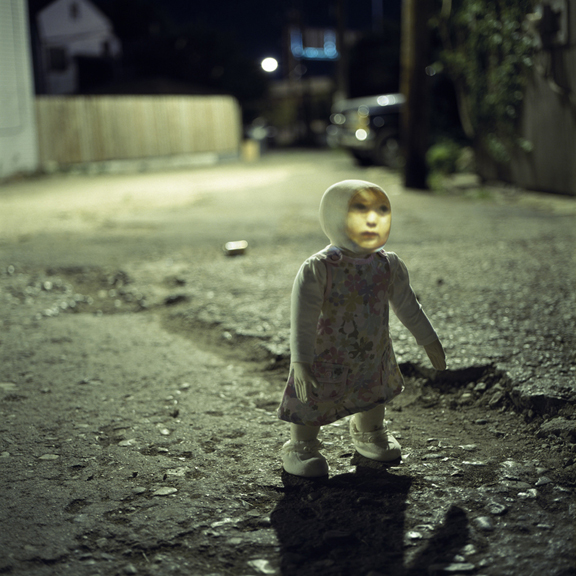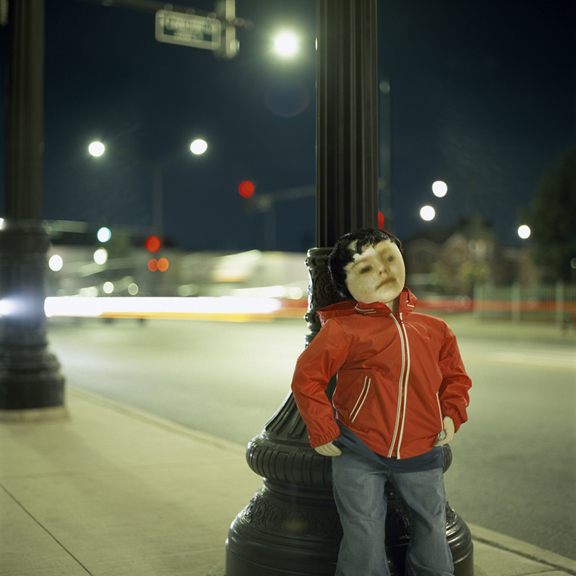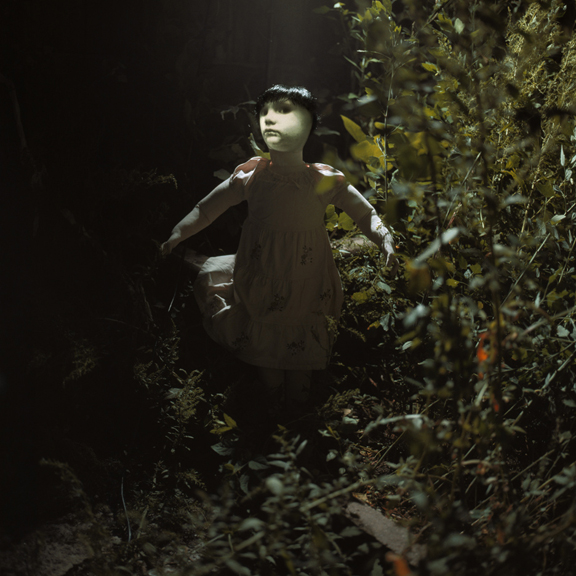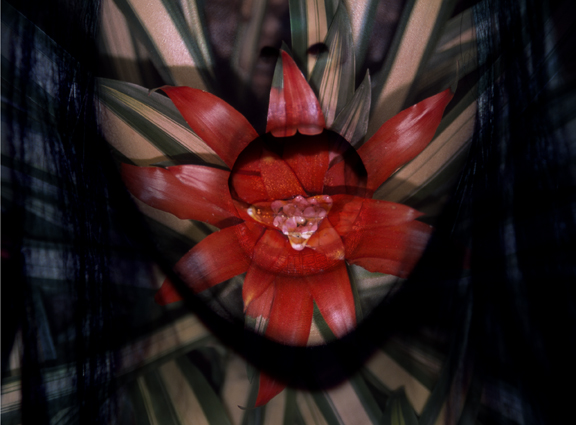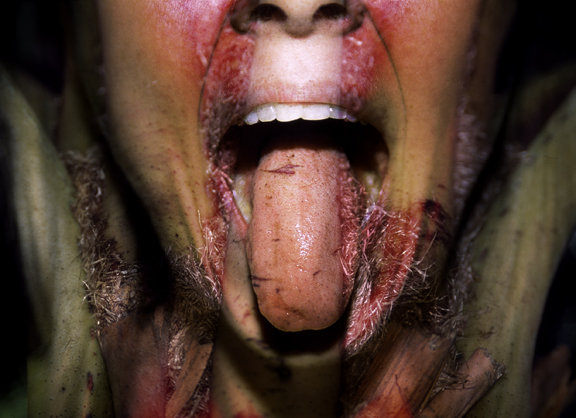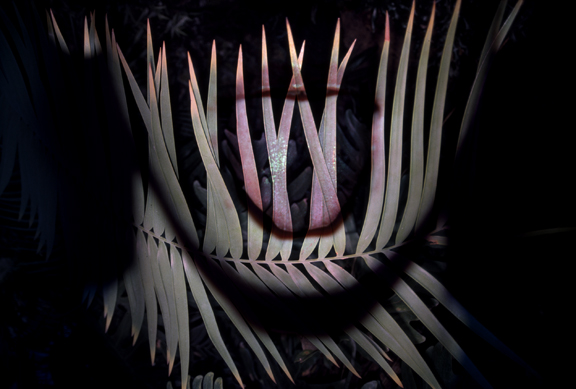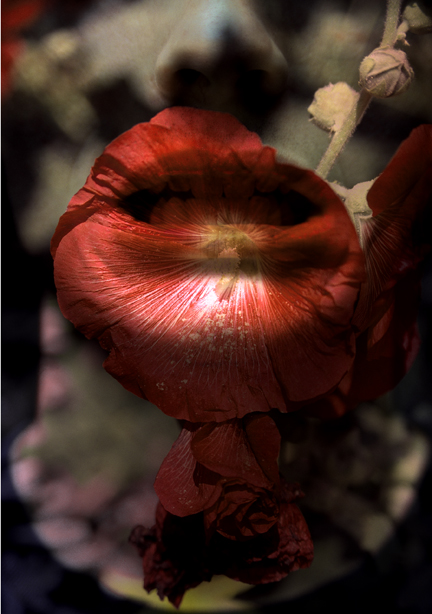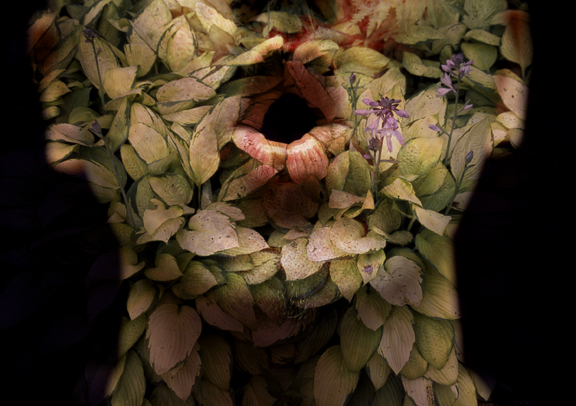Filter Photo Fesitival Week: Ursula Sokolowska
This week, I am sharing a few of photographers that I met at the Filter Photo Festival in Chicago….
Born in Krakow, Poland, Ursula Sokolowska studied photography at Columbia College and compled her BFA at the School of the Art Institute of Chicago. I first saw her Constructed Family images a year ago at Filter and I was happy to see the continued progression of the series. Ursula will be exhibiting her work at the JDC Fine Art Gallery in San Diego, opening on December 7th, running through February 23rd, 2013. I am featuring work from two series, both incorporate projection, are deeply personal, and both explore the idea of separation of the body from consciousness and objectification.
Her photographs can be found in many public and private collections, including the Art Institute of Chicago, the Museum of Contemporary Photography, the University of Illinois at Chicago, and Tanqueray. Selected exhibitions include The Travelling Gallery, Edinburgh, Scotland, Saatchi Gallery, Zoo Art Fair, the Royal Academy of Arts, London, United Kingdom, Minnesota Center for Photography, and Schneider Gallery, Chicago, IL. Her work has appeared in CameraArts magazine, Light & Lens: Photography in the Digital Age, and featured in the Chicago Tribune.
The Constructed Family series examines the trauma and uncertainty carried from childhood. In particular, I am referencing my own upbringing as a Polish immigrant. There is an undercurrent of helplessness and misdirection linked to a sort of schizophrenic parenting, excommunication, and constant movement. Typically, the perception of children handed down by my elders was that children did not have a choice. Frequently, I heard a Polish equivalent of the phrase “Children should be seen not heard”. I am attempting to give these children voices. These photographs are projection-based installations.
The models are mannequins and their faces are projections. The faces of the children are slides that my father took of me when he was still involved in my life. The other slides are present day images that I have shot of my mom, my dad, and myself. My goal is to reconstruct my own childhood, empowering the past for better or for worse. The result is a troubling recreation of events that may seem disturbing but are far less in context to the real events that transpired.
Untitled Series:The images presented pose several questions towards the societal view of gender as related to the biological roles that exist. By using the flower as the reference point, we see the inequality and the taint that is applied to a supposedly natural and beautiful inevitability. These human plant-life carry their own baggage that spews out of every orifice and drips moistly from their painted skin. Their reproduction is marred by the inner psychological turmoil as related to the divisions between sexual identity and biological reality, quite unlike their floral counterparts.
The flower represents a self-sustaining sexual organism, one of which is free from divisions of sexuality and role yet forced by design biologically. When we admire what we see, staring at its naked form, we are free from imposing predisposed notions of sex and gender. Yet when we see human form, we cognitively associate our own psychological issues with role, gender and biological fulfillment subconsciously. With the flower there is no revolt against being more than what it was created to be. It exists to be seen and to reproduce year after year. It is perfectly content being an object to be admired on a singular level.
The question remains why are we any different? By combining a seemingly natural and innocent vision of a flower and juxtaposing it with provocative cues, we explore the seemingly inevitable chain to biology that humans fight consistently. The fight to be more than just a sexual being content with reproducing itself and the psychological frustration that ensues. Each subject has his or her own issues with their design. These hopes and fears are explored by facing the possible truth that we may be nothing more than pretty flowers, waving their prospective parts in the open for all to see.
Posts on Lenscratch may not be reproduced without the permission of the Lenscratch staff and the photographer.
Recommended
-
Salua Ares: Absense as FormNovember 29th, 2025
-
Ricardo Miguel Hernández: When the memory turns to dust and Beyond PainNovember 28th, 2025
-
Pamela Landau Connolly: Columbus DriveNovember 26th, 2025
-
KELIY ANDERSON-STALEY: Wilderness No longer at the Edge of ThingsNovember 19th, 2025
-
Jackie Mulder: Thought TrailsNovember 18th, 2025


